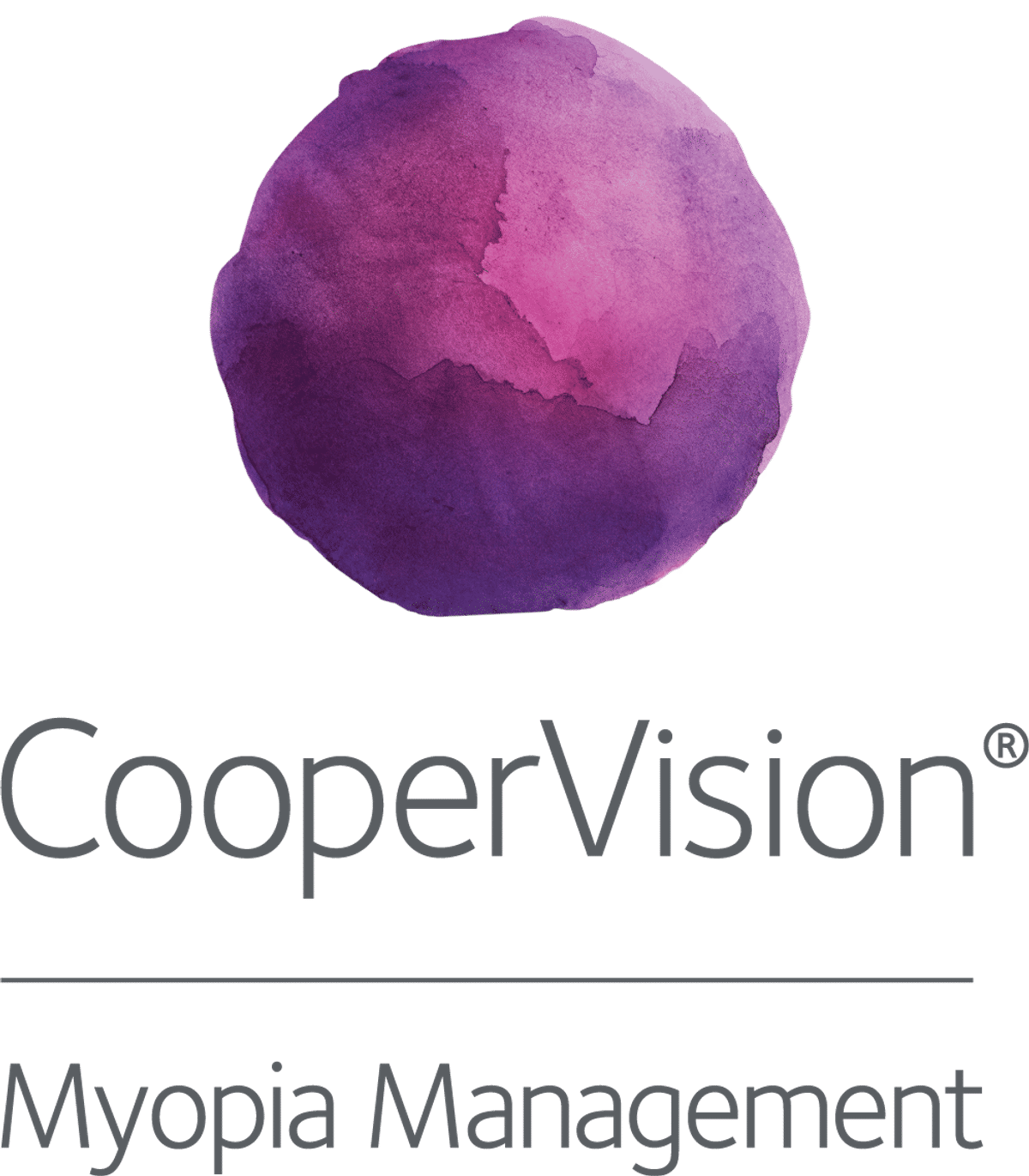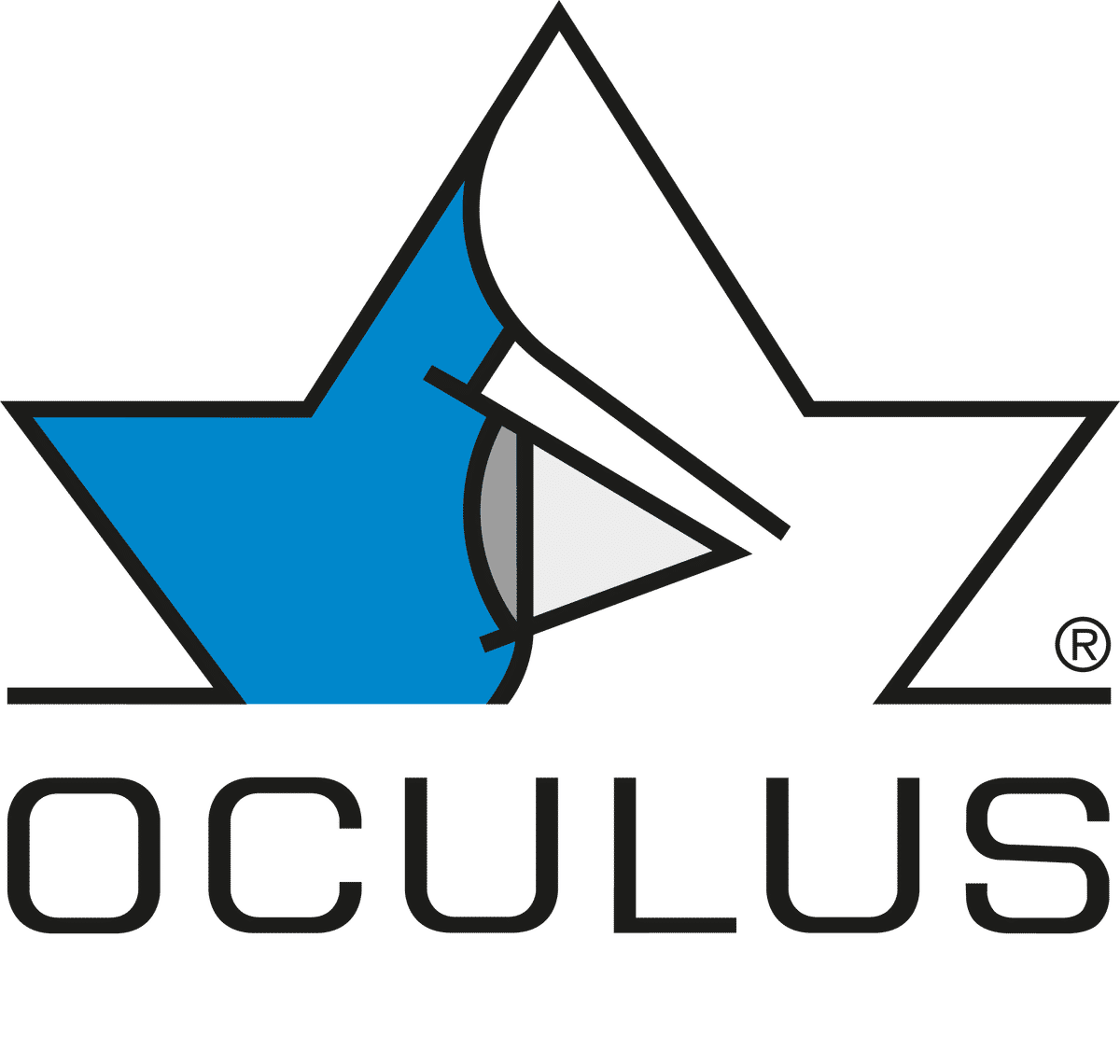Science
No rebound with soft multifocal contact lenses for myopia control

In this article:
The BLINK2 Study found that discontinuing high-add multifocal soft contact lenses in late adolescence did not cause a rebound effect, with axial elongation and myopia progression returning to age-expected rates, reinforcing the benefit of continuing myopia control treatment until myopia progression naturally slows.
Paper title: Axial Growth and Myopia Progression After Discontinuing Soft Multifocal Contact Lens Wear
Authors: Berntsen DA (1), Tićak A (1), Orr DJ (2), Giannoni AG (1), Sinnott LT (2), Mutti DO (2), Jones-Jordan LA (2), Walline JJ (2), for the Bifocal Lenses in Nearsighted Kids (BLINK) Study Group
- University of Houston College of Optometry, Houston, Texas
- The Ohio State University College of Optometry, Columbus
Date: Published online January 16, 2025
Reference: Berntsen DA, Tićak A, Orr DJ, Giannoni AG, Sinnott LT, Mutti DO, Jones-Jordan LA, Walline JJ. Axial growth and myopia progression after discontinuing soft multifocal contact lens wear. JAMA Ophthalmol. 2025 Jan 16.
Summary
Previous studies have shown that some myopia control treatments, particularly atropine and red-light therapy, can lead to accelerated post-treatment eye growth after discontinuation. Orthokeratology has also been associated with increased axial elongation after stopping treatment in younger children.
The BLINK Study demonstrated that high-add (+2.50 D) multifocal soft contact lenses significantly slowed myopia progression. This study aimed to determine whether discontinuing multifocal soft contact lenses leads to a rebound effect or simply a return to age-expected axial elongation and myopia progression.
The BLINK2 study was conducted in the United States and included 248 children who had completed the original BLINK Study. Participants were aged 11–17 years at baseline (median age 15 years), with a mean spherical equivalent refraction of -3.40 D and mean axial length of 25.2 mm. Participants were divided into three groups based on their previous BLINK Study treatment: high-add (+2.50 D) multifocal contact lenses (n=85), medium-add (+1.50 D) multifocal lenses (n=81), and single-vision lenses (n=82). All participants wore high-add multifocal lenses for two years, followed by single-vision lenses for one year. Key findings were as follows.
No evidence of rebound after discontinuation:
- Axial elongation increased by 0.03 mm/year after switching to single-vision lenses, returning to age-expected rates rather than accelerating beyond normal levels.
- Myopia progression increased by -0.17 D/year but did not exceed expected rates for the age group.
Original treatment group did not influence post-treatment progression:
- The rate of axial elongation and myopia progression did not differ between children previously assigned to high-add, medium-add, or single-vision lenses.
- However, those who had worn high-add lenses in the original study continued to have shorter axial lengths (-0.31 mm) and less myopia (-0.71 D) at study completion than those in the single-vision group.
Age influenced post-treatment progression:
- Younger participants (14 years at baseline) had faster eye growth and myopia progression than older participants (16 years at baseline).
- Older participants experienced a slightly greater increase in myopia progression when switching to single-vision lenses, but their overall progression rates remained low.
The BLINK2 Study provides reassurance that discontinuing multifocal contact lenses does not result in a rebound effect, supporting continued use until myopia progression stabilizes.
What does this mean for my practice?
The BLINK2 Study provides reassurance that discontinuing multifocal soft contact lenses for myopia control does not lead to a rebound effect, unlike what has been observed with higher-dose atropine or orthokeratology. Instead, axial elongation and myopia progression return to age-expected rates without accelerating beyond normal levels.
For clinicians, these findings suggest that multifocal contact lenses should be continued until myopia progression naturally slows, typically in the late teenage years. Children who began myopia control earlier in the original BLINK Study maintained a greater long-term treatment effect than those who started later in BLINK2. This reinforces the importance of early intervention, as greater cumulative time in myopia control lenses appears to provide better long-term outcomes.
While myopia progression increased slightly after discontinuation, the changes were clinically small and did not erase the benefits gained during treatment. The study also highlights the need for long-term monitoring after discontinuation, particularly in younger children, as it remains unclear whether stopping treatment at a younger age would produce the same results.
These findings support the continued use of multifocal contact lenses as a reliable and effective myopia control strategy, particularly when treatment is initiated early and maintained until progression slows.
What do we still need to learn?
The BLINK2 Study confirms that discontinuing multifocal soft contact lenses in late adolescence does not cause a rebound effect, but several questions remain. It is unknown whether shorter treatment durations would yield the same results or if stopping at a younger age could lead to faster post-treatment progression. Since all participants switched to single-vision contact lenses, it is also unclear whether transitioning to single-vision spectacles would affect outcomes differently.
Another key finding was that children who began myopia control earlier maintained a greater long-term treatment effect. However, it remains unknown whether extending treatment beyond the teenage years could further enhance long-term benefits.
Future studies should investigate optimal treatment duration, ideal discontinuation age, and the impact of different post-treatment corrections. This research will help refine clinical guidelines and ensure that myopia control strategies maximize long-term visual outcomes for children and young adults.
Abstract
Importance: For myopia control to be beneficial, it would be important that the benefit of treatment (slowed eye growth) is not lost because of faster than normal growth (rebound) after discontinuing treatment.
Objective: To determine whether there is a loss of treatment effect (rebound) after discontinuing soft multifocal contact lenses in children with myopia.
Design, Setting, and Participants: The Bifocal Lenses in Nearsighted Kids 2 (BLINK2) cohort study involved children with myopia (aged 11-17 years at BLINK2 baseline) who completed the BLINK Study randomized clinical trial. Enrollment was from September 2019 through January 2021; follow-up was completed in January 2024. In the BLINK2 Study, all children wore high-add (+2.50 diopter [D]) multifocal soft contact lenses for 2 years and single-vision soft contact lenses during the third year to determine if rebound occurred.
Exposure: High-add multifocal soft contact lenses and single-vision soft contact lenses.
Main Outcomes and Measures: Eye length (optical biometry) and refractive error (cycloplegic autorefraction) were measured annually.
Results: Of 248 participants enrolled in BLINK2, 235 completed the study. The median age at the baseline visit was 15 years (range, 11-17 years); 146 participants (59%) were female, and 102 (41%) were male. At baseline for BLINK2, mean (SD) axial length and spherical equivalent refractive error were 25.2 (0.9) mm and −3.40 (1.40) D, respectively. After participants switched from multifocal to single-vision contact lenses, axial elongation increased by 0.03 mm per year (95% CI, 0.01 to 0.05) regardless of their original BLINK treatment assignment (P = .81). There was also an increase in myopia progression after switching to single-vision lenses of −0.17 D per year (95% CI, −0.22 to −0.12) that did not depend on the original BLINK treatment assignment (P = .57). There continued to be a difference in axial length and refractive error throughout BLINK2 based on the BLINK Study treatment assignment with the original high-add group having shorter eyes and less myopia than the original medium-add (+1.50 D) and single-vision groups.
Conclusions and Relevance: The BLINK2 Study found no evidence of a loss of treatment effect after discontinuing multifocal contact lenses in older teenagers. These data suggest eye growth and myopia progression returned to faster but age-expected rates and support continuing multifocal lenses until cessation of elongation and progression.
Meet the Authors:
About Kate Gifford
Dr Kate Gifford is an internationally renowned clinician-scientist optometrist and peer educator, and a Visiting Research Fellow at Queensland University of Technology, Brisbane, Australia. She holds a PhD in contact lens optics in myopia, four professional fellowships, over 100 peer reviewed and professional publications, and has presented more than 200 conference lectures. Kate is the Chair of the Clinical Management Guidelines Committee of the International Myopia Institute. In 2016 Kate co-founded Myopia Profile with Dr Paul Gifford; the world-leading educational platform on childhood myopia management. After 13 years of clinical practice ownership, Kate now works full time on Myopia Profile.
Enormous thanks to our visionary sponsors
Myopia Profile’s growth into a world leading platform has been made possible through the support of our visionary sponsors, who share our mission to improve children’s vision care worldwide. Click on their logos to learn about how these companies are innovating and developing resources with us to support you in managing your patients with myopia.












